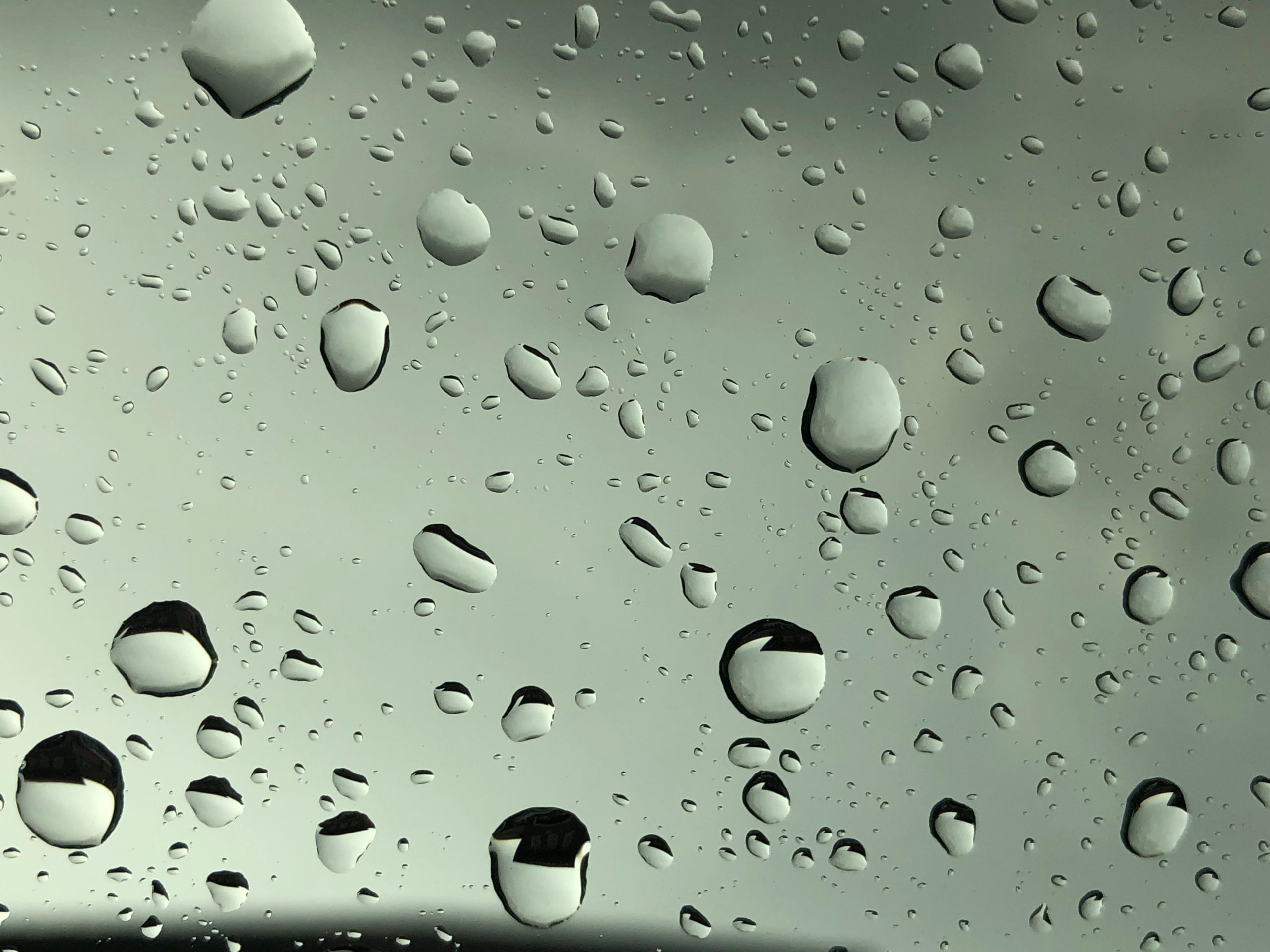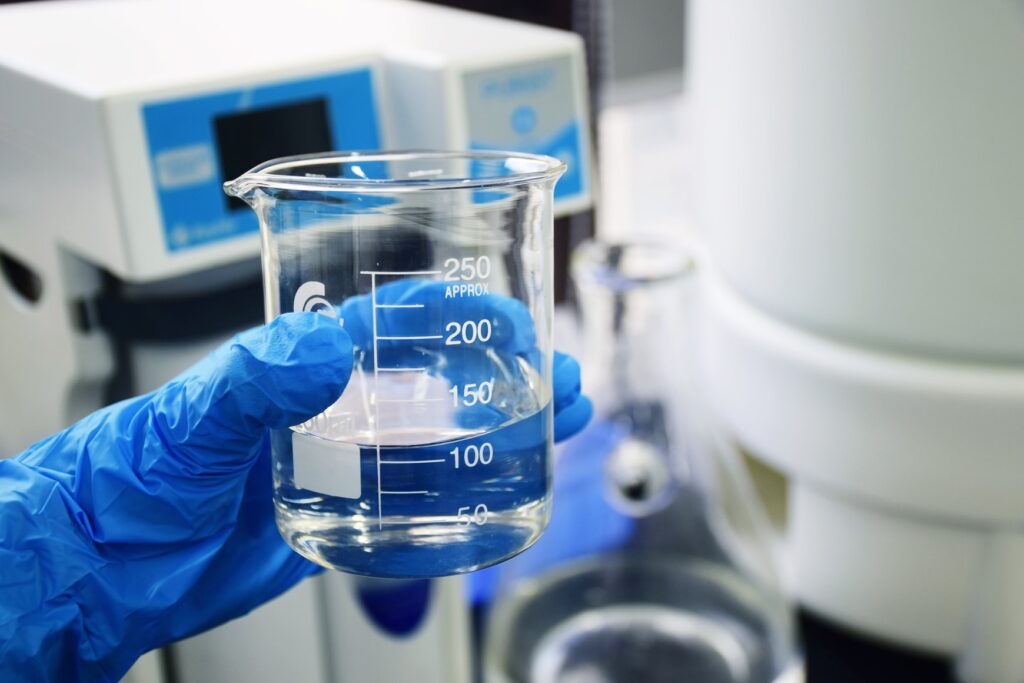04/11/2022 | Industrial Wastewater | 9 MINUTE READ
What is Reverse Osmosis?

Whether you work in a water treatment plant or an industrial facility of some kind, you may notice that there are many distinct methods that can be used to get rid of any contaminants within a water sample. Among the most effective water purification techniques is reverse osmosis. Reverse osmosis makes use of a semi-permeable membrane to separate unwanted molecules, large particles, and ions from water.

To understand how reverse osmosis was discovered and used for water treatment purposes, you should first know what osmosis means. The standard osmosis process involves a solvent moving from an area of high water potential to an area of low water potential. During this process, the solvent will move through a membrane that blocks any unwanted particles. Osmosis is based on the natural flow of solvent.
Reverse osmosis is the exact opposite of osmosis and occurs by reversing the natural flow of solvent. Keep in mind that the process of reverse osmosis was initially discovered by Jean-Antoine Nollet in 1748 and could only be viewed in laboratory conditions for the next two centuries.
It wasn’t until the 1950s that researchers from the University of Florida as well as the University of California at Los Angeles were able to use reverse osmosis to turn contaminated seawater into freshwater. In the nearly seven decades since that time, over 16,000 desalination plants that are based on reverse osmosis can be found all over the world.
Modern reverse osmosis systems contain numerous components that can be used for different water treatment purposes. These purposes include everything from sterilizing microbes with an ultraviolet lamp to trapping larger particles with a sediment filter. The following provides you with a complete guide on reverse osmosis and how this technique is used to treat contaminated water.
The Process of Reverse Osmosis
Reverse osmosis is a somewhat complex process that requires the use of a high-pressure pump to place more pressure on the contaminated water that’s situated on one side of the system. When pressure is applied to the salt water, the water is pushed through a semi-permeable membrane, which traps anywhere from 95-99% of all dissolved salts. These salts will be left behind while fresh water moves into the other side of the RO system.
Different amounts of pressure are necessary at different times. The amount of pressure that your RO system requires to push salt water through the semi-permeable membrane depends on the level of contamination in the feed water. If the water consists of high levels of contaminants, getting it through the membrane will require a considerable amount of pressure. Once the feed water becomes deionized or demineralized, the water is considered to be permeate water. The contaminated water that’s left behind is known as concentrate water.
It’s common for the contaminated water to be recycled through the reverse osmosis system to effectively save on water. One aspect of the RO system that differs from filtration systems involves how contaminants are collected. When you use a standard filtration system to purify water, the contaminants will be trapped in the filter media that you use.
While filtration can be effective, it’s common for too many contaminants to become trapped in the filter media over time, which means that the media will need to be cleaned to ensure the system’s efficacy. In comparison, reverse osmosis uses a cross-flow filtration system that allows for two outlets to exist when the solution is sent through the membrane.
The water that contains leftover contaminants will be sent back into the system. On the other hand, the clean and purified water will flow through the membrane. By using the cross-flow filtration technique, contaminant buildup is eliminated, which means that system efficiency should remain high.

Explaining Total Dissolved Solids (TDS)
Among the most relevant measurements involved with reverse osmosis is total dissolved solids, which measures the combination of organic and inorganic chemicals that have been dissolved in the water. These chemicals can be present in ionized, molecular, or micro-granular form. The types of inorganic chemicals that are able to be detected when performing a TDS measurement include:
- Magnesium
- Calcium
- Bicarbonate
- Potassium
- Sodium
- Sulfate
- Chloride
As for organic chemicals, the types that contribute to a TDS measurement include vegetable matter, animal matter, the application of chemicals on land, and the release of various chemicals into the environment by industrial facilities. When you want to measure TDS, you can use a TDS water sensor, which will also tell you the conductivity of the water. Laboratories obtain this measurement by evaporating the water completely, which leaves behind the total mass of solids that contributed to higher contaminant levels.
Measuring conductivity and TDS levels can help you identify how much pressure needs to be applied with an RO system to get rid of the necessary contaminants and purify the water. You can also perform this measurement after the water has been purified to make sure that enough contaminants were removed when the water was sent through the reverse osmosis system.
Benefits of Reverse Osmosis Purification
Reverse osmosis systems can be highly beneficial when used in the right setting. It’s possible for a reverse osmosis system to get rid of as much as 99% of all dissolved content that’s present in the water. By removing this content, the water will become healthier to consume. Reverse osmosis is currently among the most effective ways to treat contaminated water. The primary benefits of purifying water with an RO system include:
- A reduction in sodium content
- Dangerous dissolved contaminants should be eliminated
- Relatively simple to install, maintain, and repair
- Any bad odors or tastes should be eliminated
- Can be fitted easily under a kitchen sink
- Much friendlier to the environment when compared to bottled water

Industrial, Home, & Other Applications of Reverse Osmosis
Reverse osmosis systems can be scaled to fit the demands of the building in question. As mentioned previously, it’s possible for household RO systems to be installed under a kitchen sink. On the other hand, many reverse osmosis systems are large to meet the demands of industrial and municipal settings.
If you’re looking to install a household RO system, keep in mind that these are typically considered point-of-use systems, which means that they should be placed nearby a single faucet. While it’s possible to treat water for an entire household, doing so isn’t always cost-effective. If you purchase a point-of-use RO system, you can mount it in a cabinet or under a sink.
As for industrial or municipal settings, it’s common for reverse osmosis systems to be used because of how large-scale units are designed. These units have been designed with water reuse in mind, which means that the concentrate water will be reused. Reverse osmosis systems are also more powerful than other treatments and can get rid of any dyes, paints, and similar industrial contaminants that may be present in the feed water.
Water Desalination & Wastewater Purification
When an area consists of very little groundwater or surface water, it’s possible to use an RO system for desalination purposes. This process involves removing salts and other minerals from wastewater effluent, seawater, and brackish water. Because reverse osmosis systems don’t use high amounts of energy, they are ideal for desalination.
How RO is used in this setting largely depends on the type of water that’s being treated. Using a reverse osmosis system for brackish water indicates that the water that’s being treated comes from saline wells or river estuaries. As much as 80% of brackish water can be recovered in the form of fresh water with the right RO system.
When it comes to wastewater purification, cities like Los Angeles will purify rainwater from storm drains for industrial cooling and landscape irrigation applications. These applications have proven to be effective solutions for any water shortages. When treating wastewater effluent, the water will first need to be treated at an effluent treatment facility, after which it can be sent through a reverse osmosis system.
Purifying Drinkable Water
Likely the most common use for reverse osmosis system is the purification of drinking water. Many drinking water purification systems that are meant to be used in residential settings will come with an RO filter alongside additional filters like an activated carbon filter and a sediment filter. The effectiveness of reverse osmosis systems for treating drinking water has caused them to be installed in many water treatment plants as part of the treatment process.
Food & Beverage
Reverse osmosis systems are also regularly used in the food and beverage industry. When compared to standard heat-treatment processes, reverse osmosis is a more affordable option for concentrating various food liquids. For instance, reverse osmosis can be used when concentrating tomato juice and orange juice.
Along with lower operating costs, reverse osmosis systems are also more suitable for different heat-sensitive substances that can be found in food products. Many dairy manufacturing applications depend on reverse osmosis. These systems can assist with the development of whey protein powders as well as the concentration of any type of milk.
Monitoring a Reverse Osmosis System
Over time the membranes in a reverse osmosis system may be breached, allowing contaminants through, into the treated water. Using a reliable conductivity monitor can alert users to breakthrough events, ensuring filters can be changed in a timely manner. While the breakthrough event results in a rapid increase, small increases may provide advance warning for preemptive maintenance in systems where downtime is not acceptable.
Conclusion
Reverse osmosis is a highly effective method for getting rid of salts and other dissolved solids that are oftentimes present in water. While there are many other water treatment techniques that you can use, reverse osmosis systems have proven to be more effective and more affordable than the alternatives. These systems can be scaled without issue, which makes them usable in homes, commercial buildings, industrial facilities, and wastewater treatment plants.
Posted by Dominic O'Donnell on April 11, 2022
Sensorex is a global leader in the design and manufacture of quality sensors for water quality and process applications. The company offers more than 2000 sensor packages for pH, ORP, conductivity, dissolved oxygen, free chlorine, chlorine dioxide, UV transmittance and other specialty measurements, as well as a full line of sensor accessories and transmitters. Its expert technical support engineers solve analytical sensor challenges with custom designs and off the shelf products.




